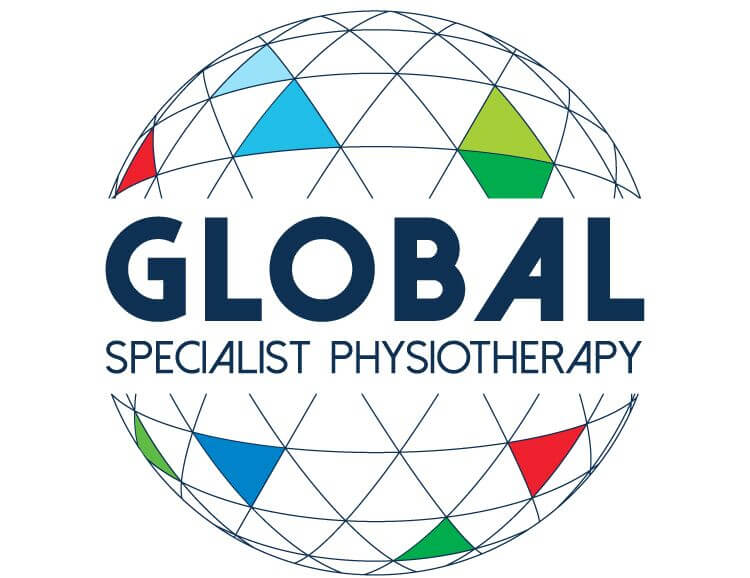Arthritis & Osteoporosis
Arthritis
Arthritis is a term used to describe a range of degenerative, inflammatory conditions affecting the bones, joints and muscles. Some forms of arthritis include Osteoarthritis (degeneration of the articular cartilage in joints), rheumatoid arthritis (autoimmune disease cause inflammation of the joints), Gout (high levels of Uric acid form painful crystals in joints). The prevalence of Arthritis increases with age, and is a major contributing factor for pain, disability and illness.
Further to this, arthritis can be extremely detrimental to quality of life and general wellbeing. This is caused by the exposure to the often chronic pain, physical limitation, complex management strategies and associated mental health complications.
If you have recently been given a diagnosis of arthritis, it is easy to assume that minimising exercise will prevent further pain and slow the disease progression. In fact, this could not be further from the truth.
Active Treatment of Arthritis
Research continues to provide a strong position for structured exercise as one of the most effective treatments for arthritis. This is due to the capacity for it to improve joint mobility and flexibility, increase muscle strength and postural stability, and decrease pain, fatigue (tiredness), muscle tension and stress.
It is also important to remember that exercise will simultaneously improve your heart and lung function, increase your bone strength, improve your mental health, reduce the risk of almost all chronic diseases and reduce your body weight.
What exercise is best?
Although a “one size fits all” exercise program for treatment of Arthritis does not exist. It is now generally accepted that a combination of flexibility exercises (to maximise pain-free mobility of joints and tissue), strengthening exercises (to provide support and stability for affected joints) and endurance exercises (to increase heart and lung function).
Further to this, arthritis can be extremely detrimental to quality of life and general wellbeing. This is caused by the exposure to the often chronic pain, physical limitation, complex management strategies and associated mental health complications.
If you have recently been given a diagnosis of arthritis, it is easy to assume that minimising exercise will prevent further pain and slow the disease progression. In fact, this could not be further from the truth.
Active Treatment of Arthritis
Research continues to provide a strong position for structured exercise as one of the most effective treatments for arthritis. This is due to the capacity for it to improve joint mobility and flexibility, increase muscle strength and postural stability, and decrease pain, fatigue (tiredness), muscle tension and stress.
It is also important to remember that exercise will simultaneously improve your heart and lung function, increase your bone strength, improve your mental health, reduce the risk of almost all chronic diseases and reduce your body weight.
What exercise is best?
Although a “one size fits all” exercise program for treatment of Arthritis does not exist. It is now generally accepted that a combination of flexibility exercises (to maximise pain-free mobility of joints and tissue), strengthening exercises (to provide support and stability for affected joints) and endurance exercises (to increase heart and lung function).
It is important to consult your Doctor and Exercise Physiologist to have an individualised exercise treatment program prescribed for you.
- 1 in 7 Australians have experienced some form of arthritis
- 3 in 4 Australians with arthritis have reported at least one other chronic condition
- 1 in 2 Australians with arthritis reported moderate to severe pain
- 1 in 6 Australians with arthritis reported high or very high levels of psychological distress.
To book in an Exercise Physiology consult and discuss treatment options book below or fill out the “We’ll call you” section.
Osteopenia / Osteoporosis
Osteopenia/ osteoporosis are conditions relating to someone’s bone mineral density (BMD). BMD generally peaks in young adulthood and then slowly declines as we age, with various factors impacting the rate of decline. For diagnosis, a DEXA scan will be conducted, this is a full body scan that gives us a number (known as a T-Score) that rates an individual’s BMD. If this number is outside of a specific range, you can be diagnosed with osteopenia or osteoporosis.
Osteopenia is the term given to those who have lower bone mineral density than is considered normal. Osteopenia can be considered pre-osteoporosis, as without intervention the chance of developing osteoporosis is high. Osteoporosis is a condition relating to loss of BMD to a degree that is considered significant, and risk of fracture is high.
Postmenopausal women, those with autoimmune conditions or those with low BMI are commonly at higher risk of diagnosis. However, we are increasingly seeing osteopenia being diagnosed in the younger population. Those who live a sedentary lifestyle, have breastfed, or who suffer from malnutrition are at higher risk also.
Diet and lifestyle play a major role in lowering your risk of and managing an osteopenia and osteoporosis diagnosis. Adequate nutrient intake and weight bearing activity is needed to maintain or even increase BMD.
Osteopenia/ Osteoporosis and exercise
Weight bearing exercise and resistance training are considered the most important forms of exercise for those with osteopenia/osteoporosis. This is because these types of activities have the biggest influence on BMD. Studies show that adequate exercise prescription can help to slow the decline, maintain or in some cases even increase BMD following a diagnosis and help to lower risk of fracture/ falls.
Osteopenia is the term given to those who have lower bone mineral density than is considered normal. Osteopenia can be considered pre-osteoporosis, as without intervention the chance of developing osteoporosis is high. Osteoporosis is a condition relating to loss of BMD to a degree that is considered significant, and risk of fracture is high.
Postmenopausal women, those with autoimmune conditions or those with low BMI are commonly at higher risk of diagnosis. However, we are increasingly seeing osteopenia being diagnosed in the younger population. Those who live a sedentary lifestyle, have breastfed, or who suffer from malnutrition are at higher risk also.
Diet and lifestyle play a major role in lowering your risk of and managing an osteopenia and osteoporosis diagnosis. Adequate nutrient intake and weight bearing activity is needed to maintain or even increase BMD.
Osteopenia/ Osteoporosis and exercise
Weight bearing exercise and resistance training are considered the most important forms of exercise for those with osteopenia/osteoporosis. This is because these types of activities have the biggest influence on BMD. Studies show that adequate exercise prescription can help to slow the decline, maintain or in some cases even increase BMD following a diagnosis and help to lower risk of fracture/ falls.






